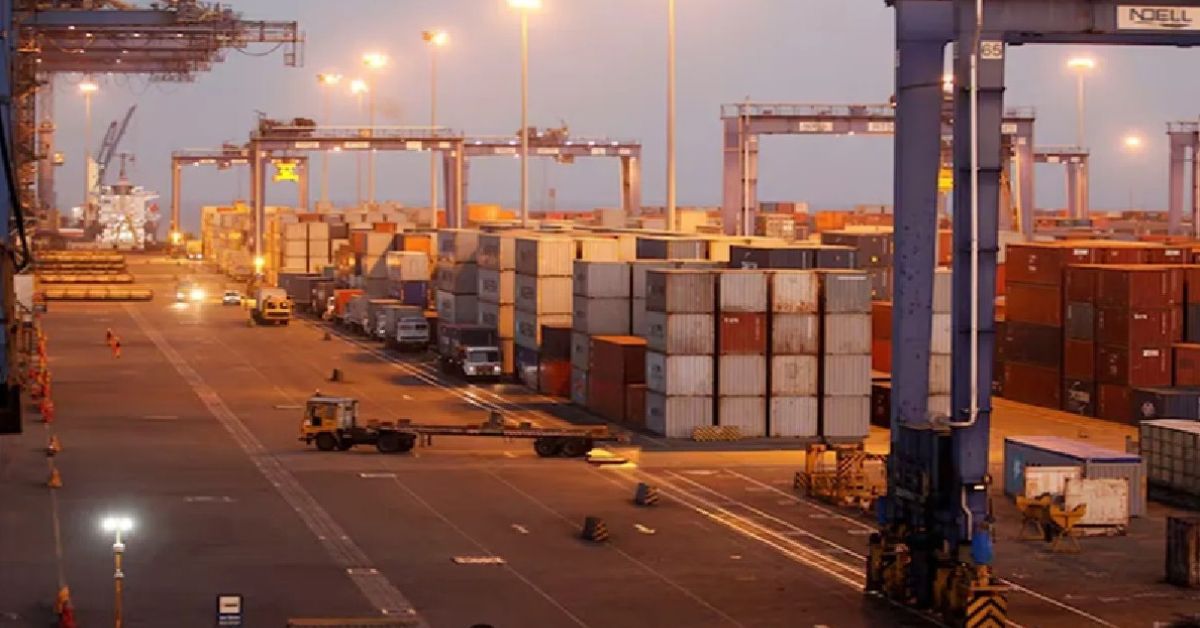India’s goods trade deficit fell to its lowest level since August 2021, dropping to $14.05 billion in February from $22.9 billion in January, primarily due to a steep decline in imports. The trade gap also narrowed significantly on a year-on-year basis from $19.51 billion in February 2024.
According to data from the Commerce Ministry, imports declined 16% year-on-year to $50.96 billion from $60.92 billion, while exports fell 11% to $36.91 billion from $41.41 billion. The contraction in imports was attributed to a high base effect, lower crude oil prices, and reduced gold imports. For the first time since May 2021, India posted an overall trade surplus of $4.5 billion in February, when both goods and services are accounted for. This development raises the possibility that India could register a current account surplus of $20 billion for the January-March quarter.
Consequently, the full-year current account deficit (CAD) could decline to 0.5%-0.7% of GDP, compared to earlier estimates of 1%-1.2%. Commerce Ministry officials noted that monthly trade deficits typically range between $15 billion and $25 billion, occasionally touching $30 billion. In comparison, February’s deficit of $14 billion is abnormally low, raising concerns about potential softening in economic activity.
The decline in imports has raised concerns on whether India’s economic growth is slowing down. Lower crude and gold imports contributed significantly to the drop, but a sustained fall in imports could indicate weaker domestic demand. On the export front, non-petroleum exports have grown 6.43% in the current financial year. However, overall merchandise exports rose only 0.06% year-on-year between April 2024 and February 2025, while imports increased 5.71%. This has resulted in a 16.86% rise in the cumulative trade deficit over the previous year.
The Commerce Ministry remains confident that India’s total exports will surpass $800 billion this fiscal year, up from $778 billion last year, despite headwinds in the gems and jewellery sector.
Coffee exports have shown exceptional growth, and non-petroleum trade remains a key driver at 6% growth. Meanwhile, India is actively engaged in international trade negotiations. The 10th round of India-EU free trade agreement talks concluded on 14 March, while India and the US are working toward raising bilateral trade to $500 billion by 2030.
Commerce Minister Piyush Goyal met US officials earlier this month to discuss new opportunities and the potential impact of US-imposed reciprocal tariffs. The US is implementing tariffs on a global scale, not just against India, as it seeks to address trade imbalances. In response, India is formulating a comprehensive strategy to safeguard its exporters, with measures expected at an appropriate time. Additionally, the government is considering imposing a safeguard duty on steel imports to support domestic manufacturers. With trade dynamics evolving, India’s ability to navigate global uncertainties and maintain export competitiveness will be crucial in the coming months.







